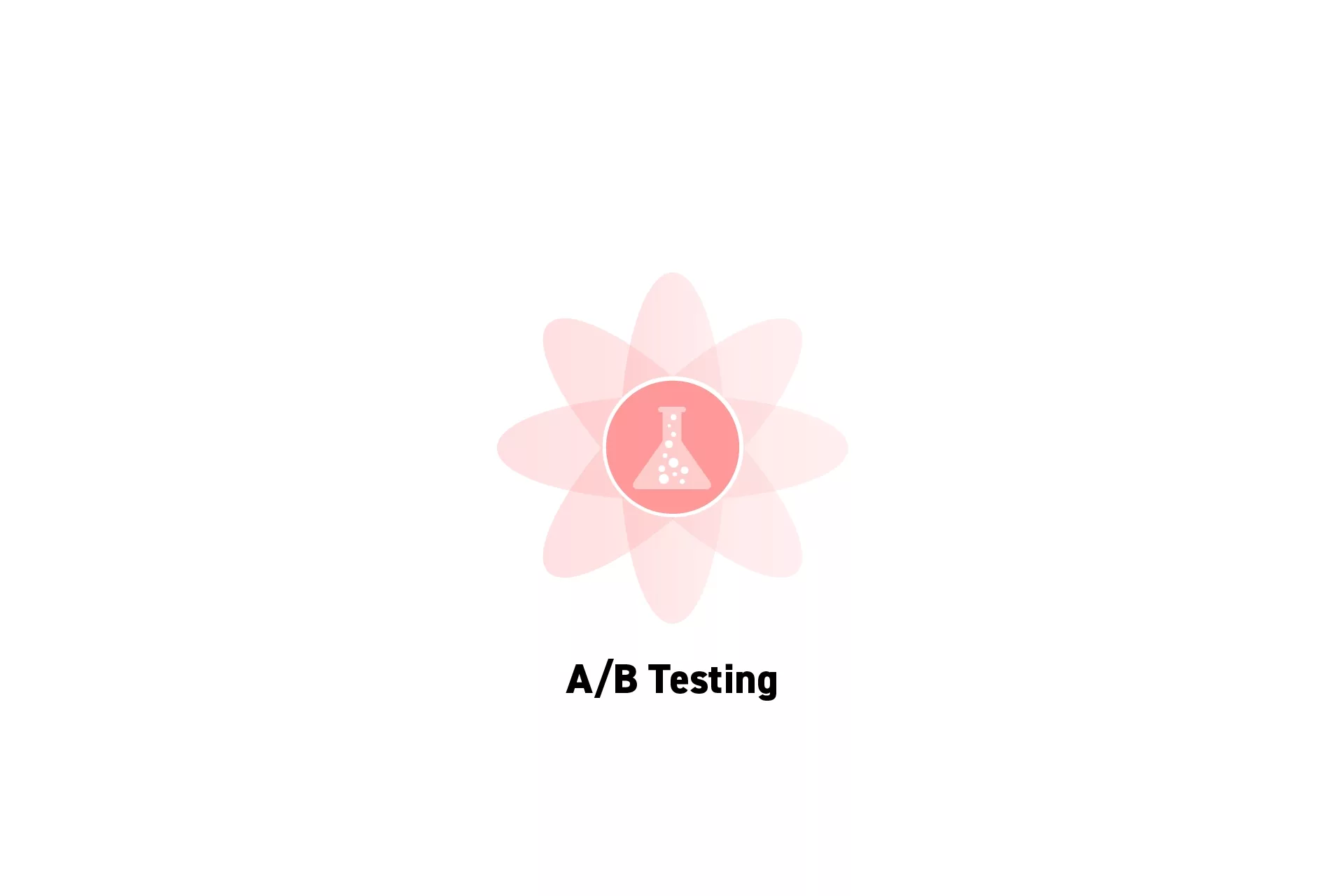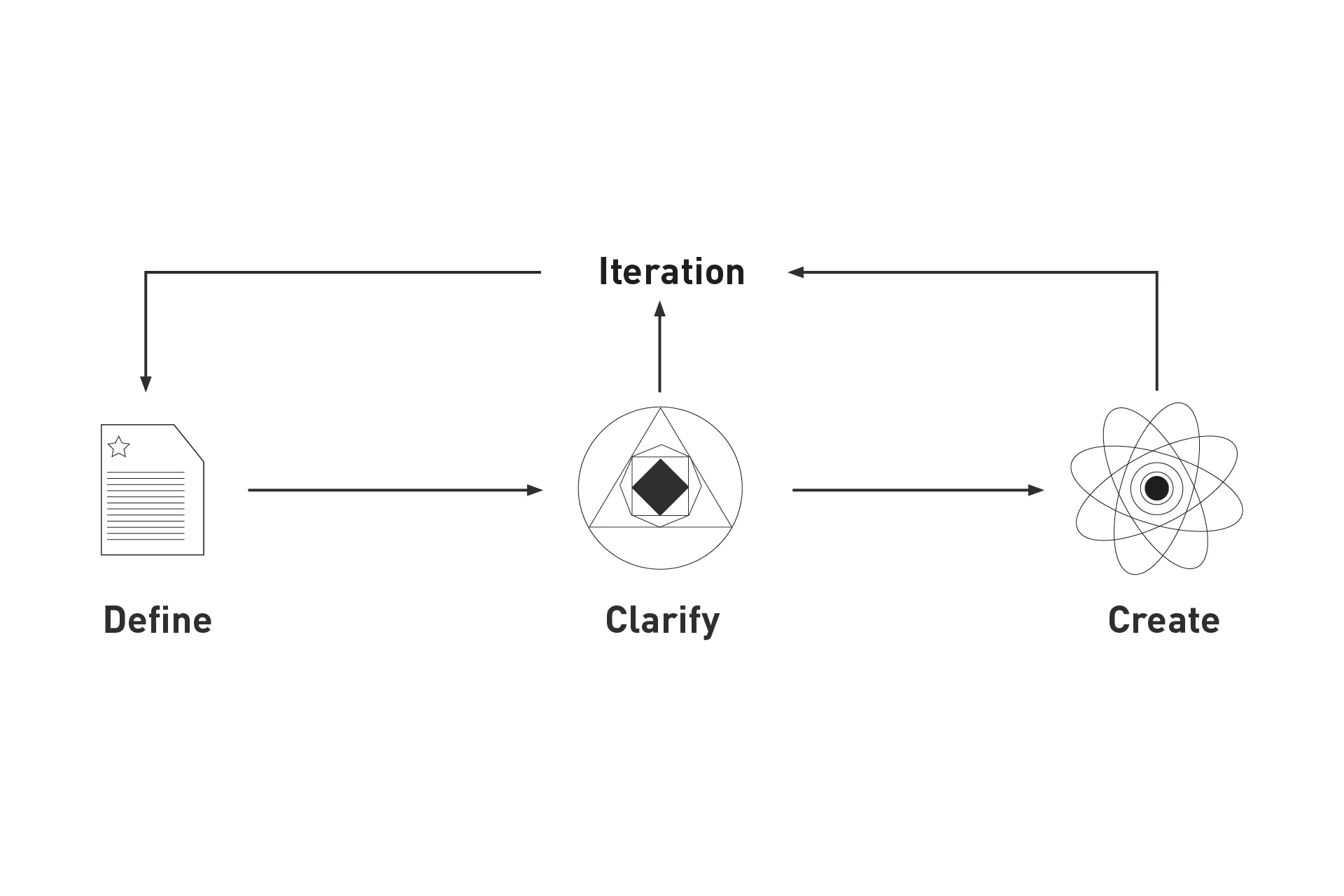How to carry out an A/B test
A four step process on carrying out A/B tests.

A four step process on carrying out A/B tests.
SubscribeWhat is A/B Testing?Step One: Create two things to test
A/B testing is about determining which of two different directions or options is better.
For examples of A/B tests, consult this link.
We recommend that you write a hypothesis and define a target audience as part of the process of creating your A/B test.
Step Two: Find the participants
Find the individuals that you are going to test your creation on.
The number of participants can range from 10 individual to 5000+.
Step Three: Carry out the A/B test
Invite the participants to your test site or invite them to a video conference with screen sharing.
For half of them place the "A" version of the product and for the other half, place the "B" version of the product, service, experience or feature and observe their behavior.
It is important that you do not help, assist or interrupt them as these tests are meant to tell you what works and what does not.
Additionally, you may want to use this opportunity to test the usability of the two products, services, experiences or features.
Step Four: Evaluate the Results
Carry out qualitative and statistical analysis on the results, draw conclusions and evaluate the outcome.
To learn more about statistical analysis consult this link.
Additionally, we recommend that you consult our Methods for Synthesizing User Research article linked below to learn about design thinking products that could come out of the research that you have conducted.
These products are created using popular design research methodologies which are intended to help you and your organization innovate effectively.
Always remember, the work is never done

delasign's process
When carrying out A/B tests, it is important to note that they are neither a start nor an end.
They should serve as a means to learn more about what works and what does not.
They are also capable of demonstrating that you should not pursue a feature or a product, service or experience - and that's OK.
Looking to learn more about Research and Strategy?
Search our blog to find educational content on research and strategy.